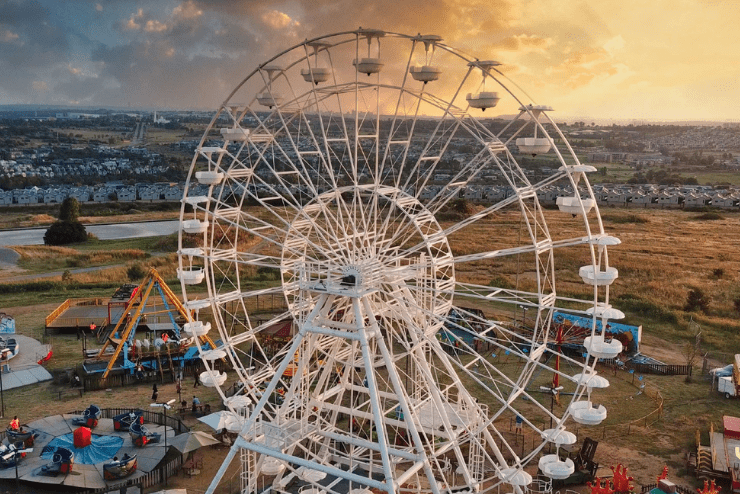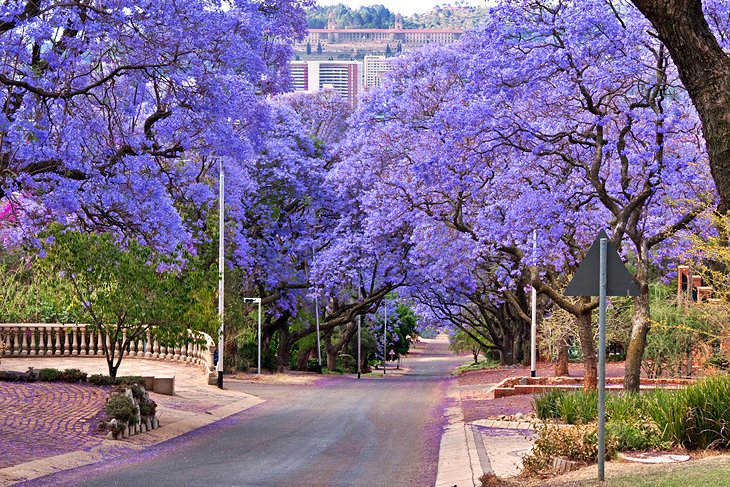All About Johannesburg North Attractions
All About Johannesburg North Attractions
Blog Article
The Single Strategy To Use For Johannesburg North Attractions
Table of ContentsAbout Johannesburg North AttractionsWhat Does Johannesburg North Attractions Do?The 10-Minute Rule for Johannesburg North AttractionsThe Definitive Guide for Johannesburg North AttractionsJohannesburg North Attractions Can Be Fun For EveryoneThe Best Strategy To Use For Johannesburg North AttractionsMore About Johannesburg North Attractions
You must maintain security in mind and travelers must stay sharp at all times when in unknown surroundings. Speak to the residents when you are in town to discover out concerning the location you are staying in. Johannesburg North attractions. When on the street (this does not relate to mall and various other protected atmospheres) best general suggestions is to attempt your finest to appear like a local and to prevent displaying any kind of wealth
Not known Facts About Johannesburg North Attractions
Professor Revil Mason O. J. (Thomson, 1946) discovered the Witwatersrand's pre-colonial history. His archaeological work took off the 'em pty land' misconception, according to which the area was lacking human habitation before the arrival of European inhabitants. In his magazines Prehistory of the Transvaal: A Record of Human Activity (1962) and Beginnings of Black People of Johannesburg and the Southern Western Central Transvaal Advertisement 3501880 (1986 ), Teacher Mason showed the degree of social and financial development in the location before Europeans established foot here.

Not known Details About Johannesburg North Attractions
In 1878, David Wardrop found gold in quartz capillaries at Zwartkop, north of Krugersdorp. In 1881, Stephanus Minnaar came across gold on the ranch Kromdraai, near the Cradle of Humankind.
In March 1886, an outcropping (quickly to be called the Main Reef) was discovered, rather fortuitously, on Gerhardus Oosthuizen's ranch Langlaagte. Some say that the Lancastrian coal miner George Walker discovered this reef. An additional itinerant English prospector, George Harrison (who had previously operated in Australian mines) obtained a prospecting permit in regard of Langlaagte in May 1886.
He chose to go on in a mission for greener pastures, and disposed of his Langlaagte insurance claim for the handsome sum of 10. Alas: underneath lay the wealthiest goldfield ever before found. The exploration of this abundant auriferous reef prompted a gold rush that indicated completion of agrarian serenity in the southern Transvaal.
It would, within 6 years, end up being the largest community in southerly Africa. Within a decade, it would certainly make the Z. A. R. until click for info after that an anarchical and insolvent little state the wealthiest country in Africa. By the millenium, the Z. A. R. was to surpass Russia, Australia and the USA of America to become the globe's leading gold manufacturer, creating greater than a quarter of the globe's gold.
The Greatest Guide To Johannesburg North Attractions
It was referred to as Ferreira's Camp, named after Colonel Ignatius Ferreira. He was a Boer adventurer upon whom the British authorities had actually presented the condition of Friend of one of the most Differentiated Order of St Michael and St George (qualifying him to the post-nominal letters C. M. G.) in gratefulness for his duty in the battle that had deposed the Pedi king Sekhukhune in 1879.
Soon the camp was bristling with tents and wagons as beginners arrived daily from everywhere. By September 1886, some 400 people resided in Ferreira's Camp, which quickly flaunted prefabricated iron and hardwood structures. 2 various other camps were established: Meyer's Camp on the farm Doornfontein, and Paarl Camp. The latter was nicknamed Afrikander Camp; lots of individuals from the Cape Nest worked out there.

All about Johannesburg North Attractions
This name obtained currency by word of mouth, such that the State Assistant attested the name to the Mining Commissioner on 9 October 1886. Stands in the town were auctioned on 8 December 1886. While some stands were marketed for 10, others were torn down for as low as sixpence.
2 years later on, these erven were to alter hands for as much as 750 each. The tented camps dwindled as a dorp of corrugated iron structures developed and broadened north of the mines situated along the Main Reef Road. Locations such as Jeppe's Town (where working-class immigrants erected their homes) and Doornfontein (where the upscale new 'Randlords' began to build visit site their luxurious homes) were soon included to the ever-expanding map of the community.
The Basic Principles Of Johannesburg North Attractions
Apart from the street names, there were no indicators of Johannesburg being located in a Dutch-speaking country., almost everybody spoke English and even the Government slaves addressed one in English, unless they were very first dealt with in the Taal (or Low Dutch)'.
Britain had an interest in ensuring ideal problems for gold production on the Witwatersrand, and that the gold was exported to London instead than Berlin an imperative made all the extra clamant by the Z. A. R.'s boosting toenadering with Germany. Mine proprietors got on a collision course with Head of state Kruger, whose policy of monopolistic concessions (frequently granted to this his cronies) stopped mining companies from obtaining materials of products (especially dynamite) and labour by themselves, cheaper terms
Some Known Details About Johannesburg North Attractions
In 1890, the Volksraad had restricted the franchise business to white guys who had lived in the Z. A. R. for fourteen years or longer, hence invalidating a lot of the immigrants (that happened to be the significant contributors to the fiscus). Nonetheless, frustration for the vote was a plain pretense for advertising a various agenda; a lot of uitlanders regarded themselves as short-term visitors and had no purpose of remaining in the Z.
Report this page